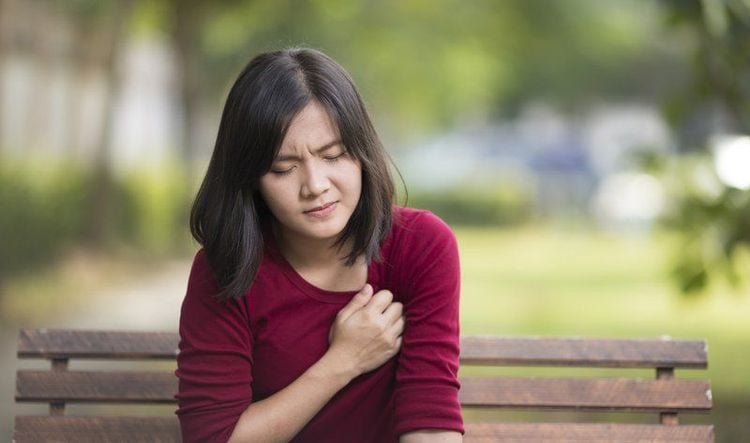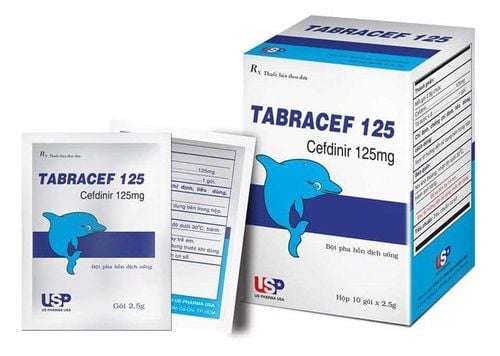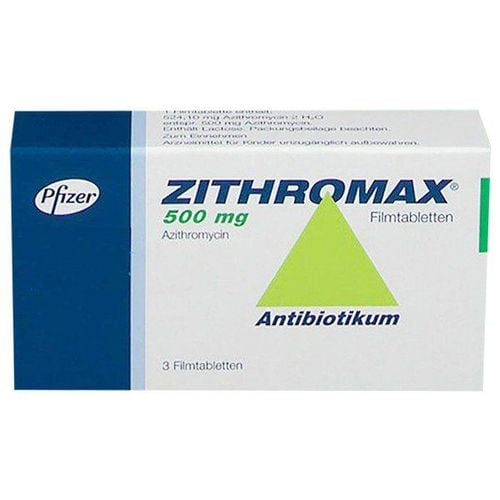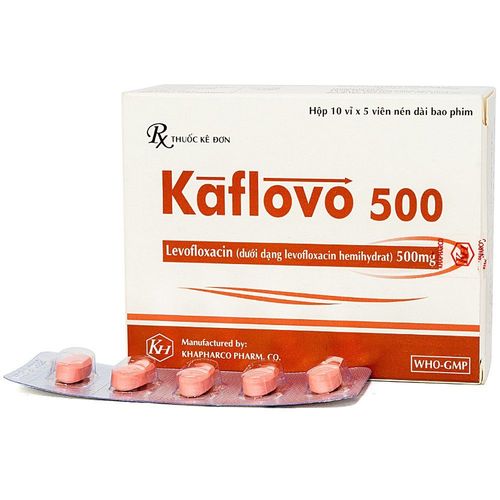This is an automatically translated article.
The article is professionally consulted by Master, Doctor Nguyen Huy Nhat - Department of Medical Examination & Internal Medicine - Vinmec International General Hospital Da Nang.Community-acquired pneumonia is a common respiratory disease that can progress to severe complications. Learning about the characteristics of the disease will help us be more proactive in responding to and preventing community-acquired pneumonia.
1. What is community-acquired pneumonia?
Community-acquired pneumonia is an out-of-hospital infection of the lung parenchyma including alveolitis, terminal bronchiolitis, or interstitial lung inflammation.Pneumonia is manifested by lobar pneumonia, spotted pneumonia or atypical pneumonia. Common features are pulmonary consolidation syndrome and alveolar or interstitial opacity on chest x-ray. Diseases caused by bacteria, viruses, fungi and some other agents, but not by tubercle bacilli.
Pneumonia can range in severity from mild to life-threatening. It is most serious for infants and young children, the elderly over 65, and people with health problems or a weakened immune system.
2. Symptoms of community-acquired pneumonia
Symptoms of pneumonia vary from mild to severe, depending on factors such as the type of bacteria causing the infection, your age, and your overall health. Mild symptoms are often similar to those of a cold or flu but last longer.Symptoms of pneumonia may include:
Chest pain when breathing or coughing; Mental confusion or change (in adults 65 years of age and older); Cough, possibly with sputum; Tired; Fever, sweating and shivering; Lower than normal body temperature (in people older than 65 years and people with weakened immune systems); Nausea, vomiting or diarrhea ; Shortness of breath

3. Causes of community-acquired pneumonia
Community-acquired pneumonia is the most common type of pneumonia. It occurs outside of hospitals or other healthcare settings, and is caused by:Bacteria: The most common cause of bacterial pneumonia in the US is Streptococcus pneumoniae. This type of pneumonia can happen on its own or after you have a cold or flu; affects part (lobe) of the lung, also called lobar pneumonia; Bacteria-like organisms: Mycoplasma pneumoniae can also cause pneumonia. It usually produces milder symptoms than other types of pneumonia; Fungi: This is the most common type of pneumonia in people with chronic health problems or a weak immune system. Pathogenic fungi can be found in soil or bird droppings, depending on the geographical location; Viruses: Some viruses that cause colds and flu can lead to pneumonia.
4. Risk factors for community-acquired pneumonia
The two age groups at greatest risk are:Children 2 years of age and younger; People 65 years and older. Other risk factors include:
Chronic illness: You are more likely to get pneumonia if you have asthma, chronic obstructive pulmonary disease (COPD) or heart disease; Smoking: Smoking damages your body's natural defense system against the bacteria and viruses that cause pneumonia; Weakened or suppressed immune systems: People with HIV/AIDS, people who have had an organ transplant or received chemotherapy, and long-term steroid users are all at risk.
5. Community-acquired pneumonia when to see a doctor?

Shortness of breath, chest pain, fever, cough, sputum production People over 65 years old; Children under 2 years old; People with weak immune systems; People receiving chemotherapy or taking drugs that suppress the immune system; People with heart failure or chronic lung problems.
6. Complications of community-acquired pneumonia
Sepsis: Bacteria entering the bloodstream from the lungs can infect other organs, causing organ failure; Shortness of breath: If the pneumonia is severe or the body has underlying chronic lung diseases, you may have difficulty breathing and need to use a ventilator; Pleural effusion: Pneumonia can cause fluid to build up in the thin space between the layers of tissue lining the lungs and the chest cavity (pleura); Lung Abscess: An abscess occurs if pus forms in a cavity in the lung. Abscesses are usually treated with antibiotics, sometimes with surgery.Doctor Nguyen Huy Nhat has many years of experience in the field of respiratory disease treatment at Hue Central Hospital, Hoan My General Hospital, .. before being a doctor of General Internal Medicine Department of General Hospital. Vinmec Danang International.
If you notice any unusual health problems, you should visit and consult with a specialist.
Please dial HOTLINE for more information or register for an appointment HERE. Download MyVinmec app to make appointments faster and to manage your bookings easily.














